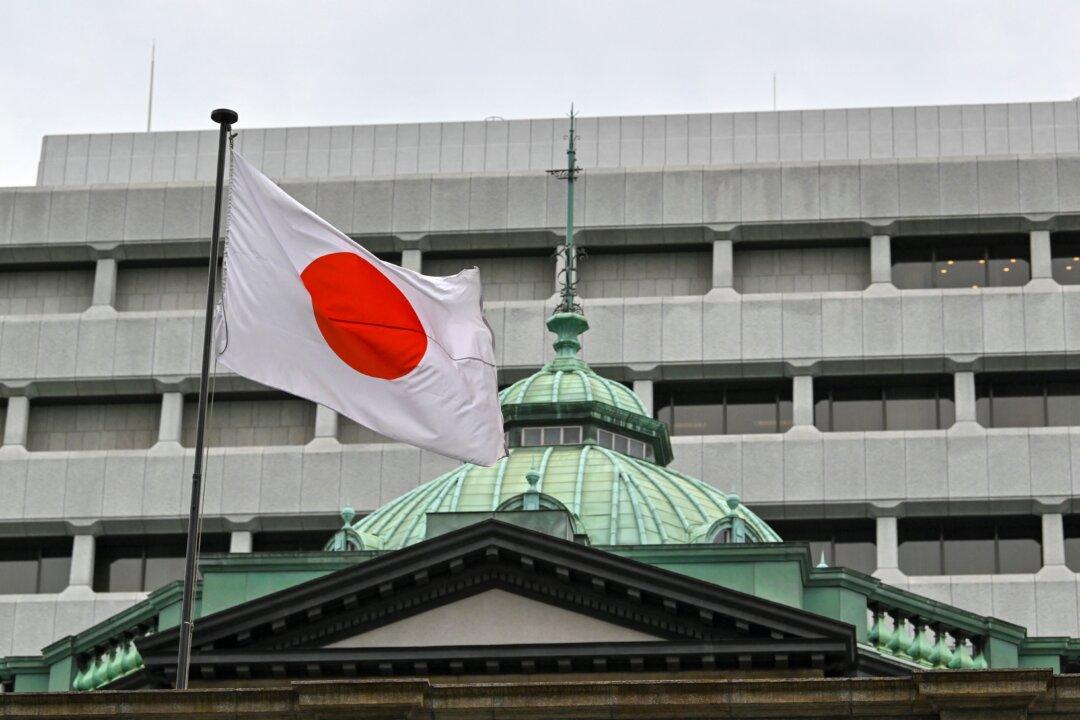Wall Street’s main indexes tumbled at the opening bell on Sept. 20, as concerns about the pace of economic recovery, mixed with fears about financial contagion from China’s Evergrande troubles, put selling pressure on risk assets.
At the opening bell, the Dow Jones Industrial Average fell by 125.16 points, or 0.36 percent, to 34,459.72. The S&P 500 opened lower by 30.04 points, or 0.68 percent, at 4,402.95, while the Nasdaq Composite dropped by 285.83 points, or 1.90 percent, to 14,758.14.





